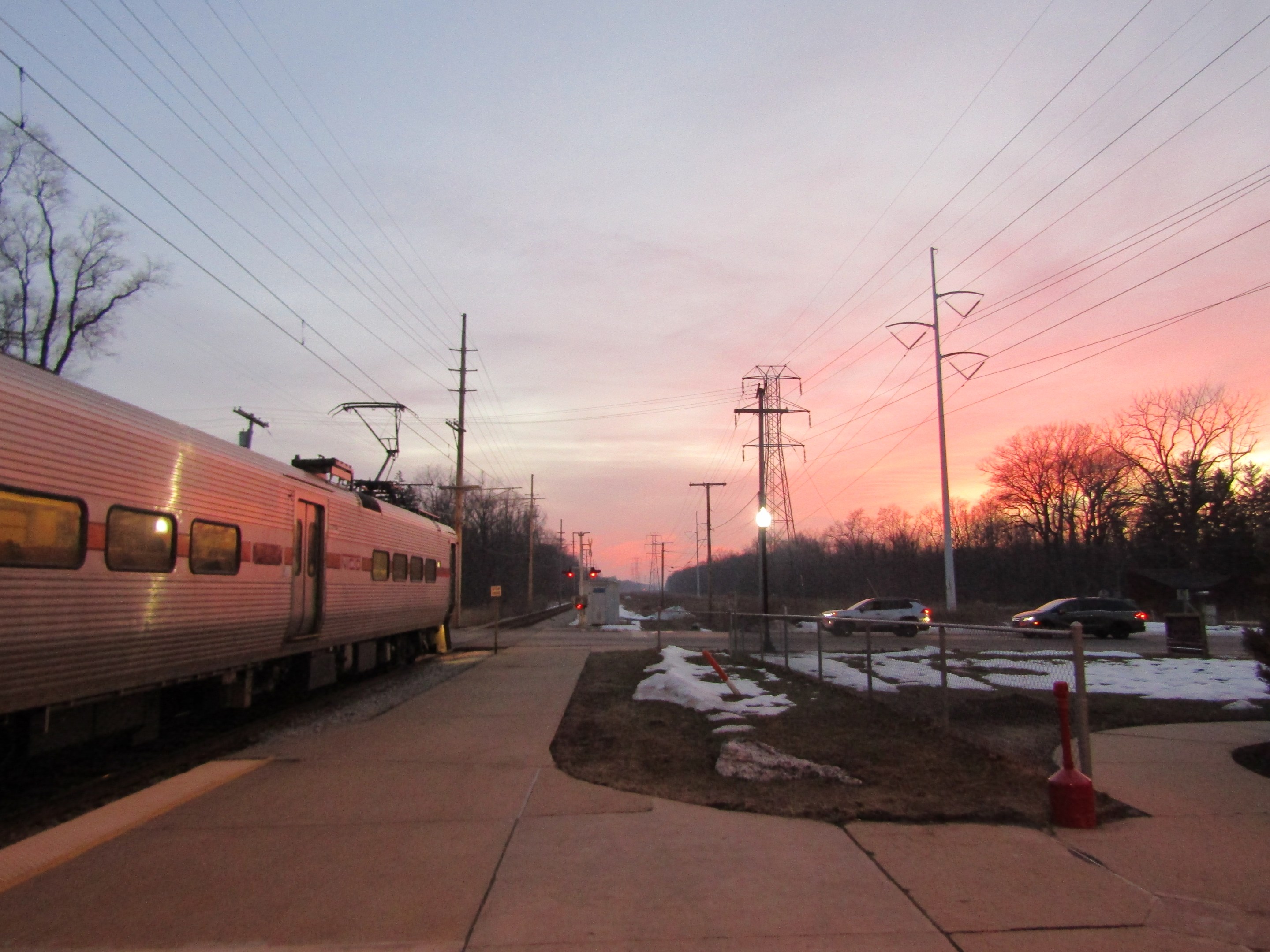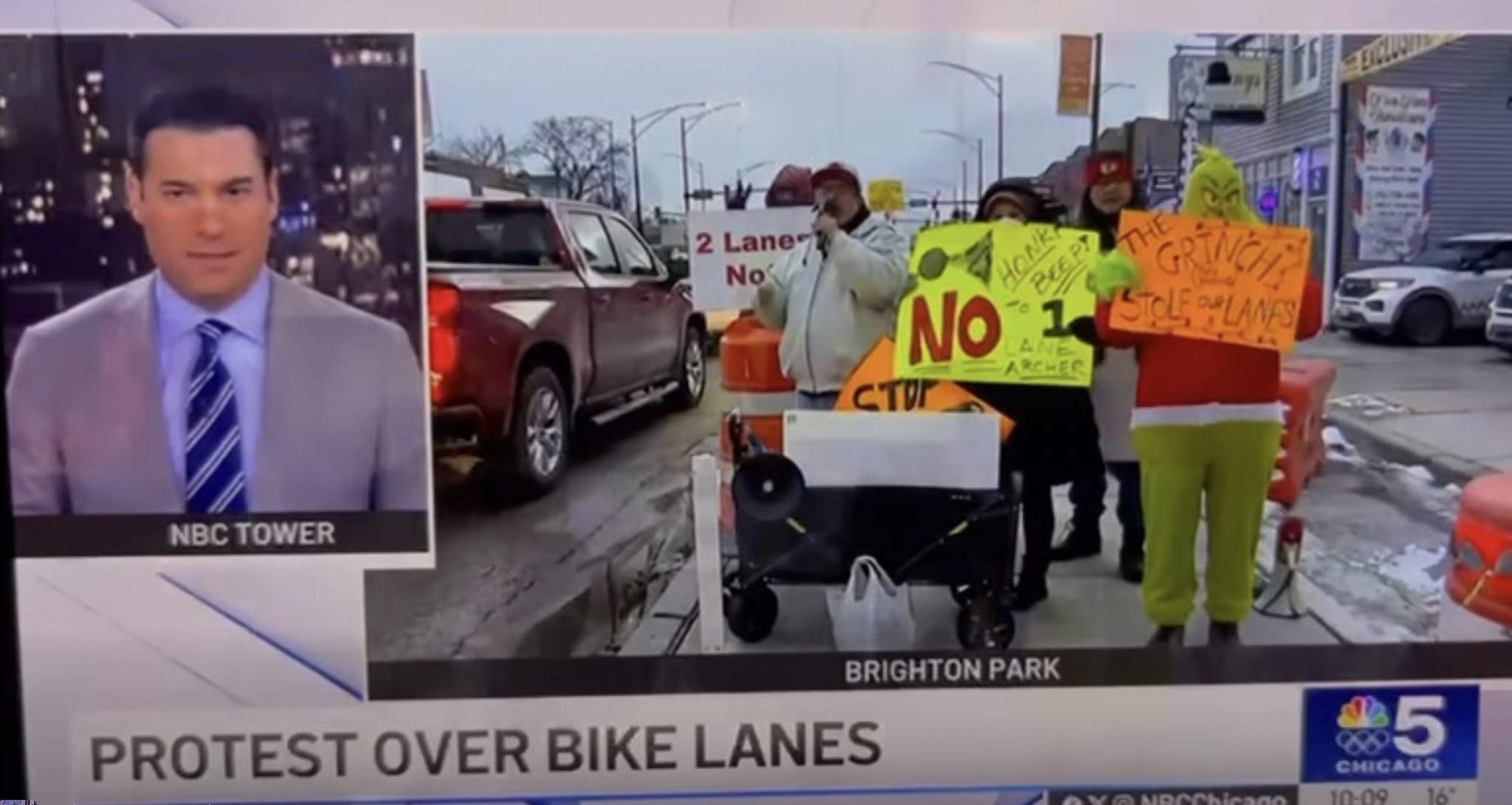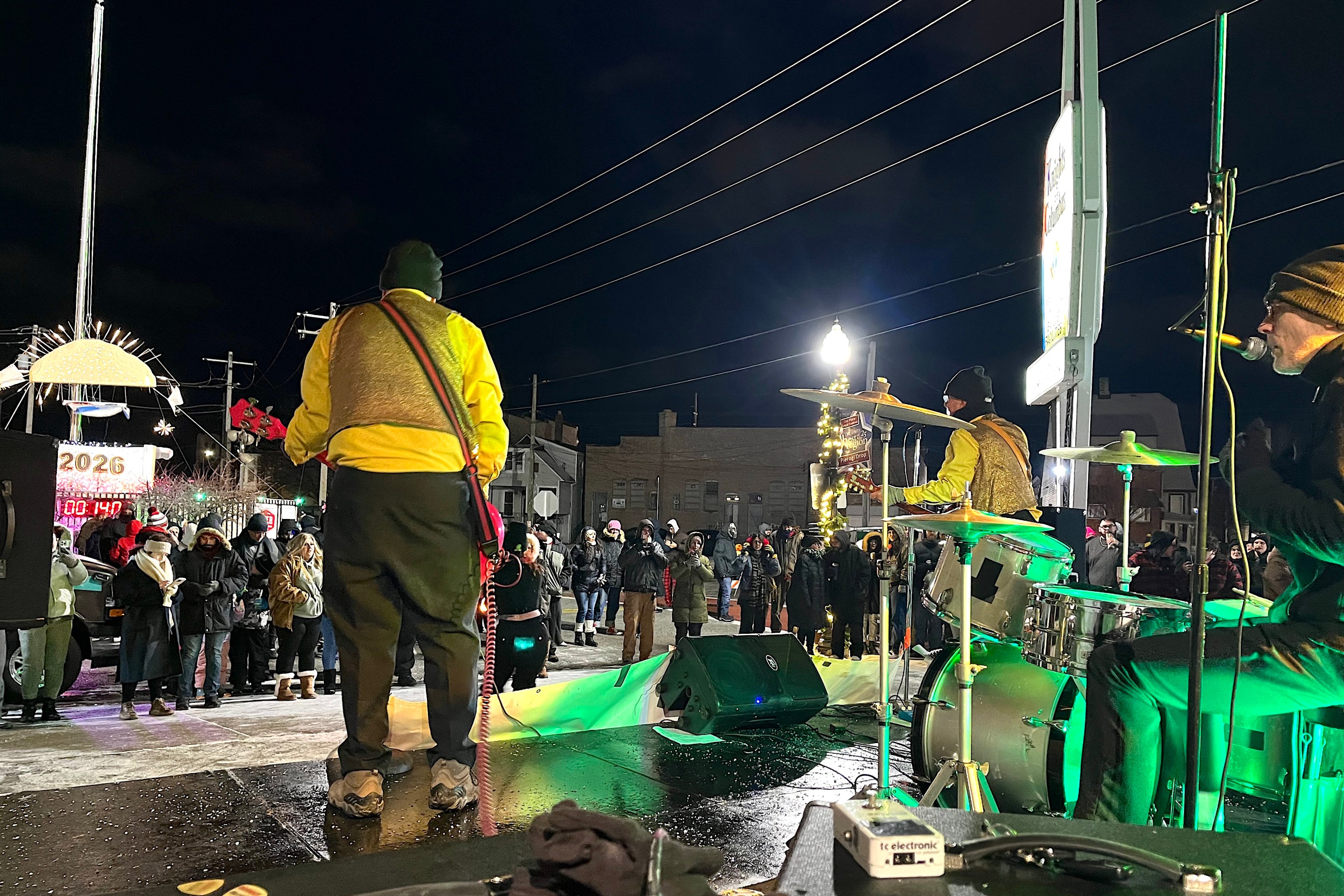When it comes to transit funding from the American Rescue Plan Act, the most recent federal COVID-19 stimulus package, the common sentiment from transit agencies in Chicagoland and Northwest Indiana can be summed up as “wait and see.”
ARPA, which was passed in March 11, included funding for three major transit projects in the region – the Red & Purple Modernization project, the double-tracking of the South Shore Line between Gary and Michigan City, and the construction of the South Shore Line’s West Lake branch. But beyond that, none of the transit agencies made any funding commitments.
The major reason for this has to do with the Regional Transportation Authority, which is responsible for allocating the stimulus funding that isn’t dedicated to specific capital projects. This includes funding for Chicago area, Northwest Indiana and Wisconsin’s Kenosha County. The RTA will be negotiating with the Northwestern Indiana Regional Planning Commission and Southeastern Wisconsin Regional Planning Commission to determine how much funding each region will get. Once that happens, each agency will follow its own timetable to figure out how much funding each of their respective transit systems will get.
The RTA isn’t expected to make any decisions until fall, while NIRPC is expected to decide sometime within the “next 100 days.” Until then, the transit agencies aren’t saying much – but what they are saying suggests that they plan on using the cash to keep service going at full steam, and to support reduced fares and schedule changes they expect would be necessary to coax riders back to their systems once the pandemic subsides.
Capital Project Grants
ARPA, the third COVID-19 stimulus package, includes $30.5 billion for transit. This included, among other things, $1.68 billion for projects in the Capital Investment Grants program, $26.09 billion for urban and/or suburban transit systems, and $25 million for planning initiatives.
Funding for Red & Purple Modernization and the two South Shore Line project comes from the Capital Improvement Grants bucket. CTA will get about $30 million toward RPM’s Phase 1 – work on the Red-Purple Bypass, aka the Belmont Flyover, located at the spot just north of Lakeview's Belmont station where the Brown Line tracks turn west, and the station rebuilding and track and embankment rehabilitation of the Red Line’s Lawrence to Bryn Mawr segment.
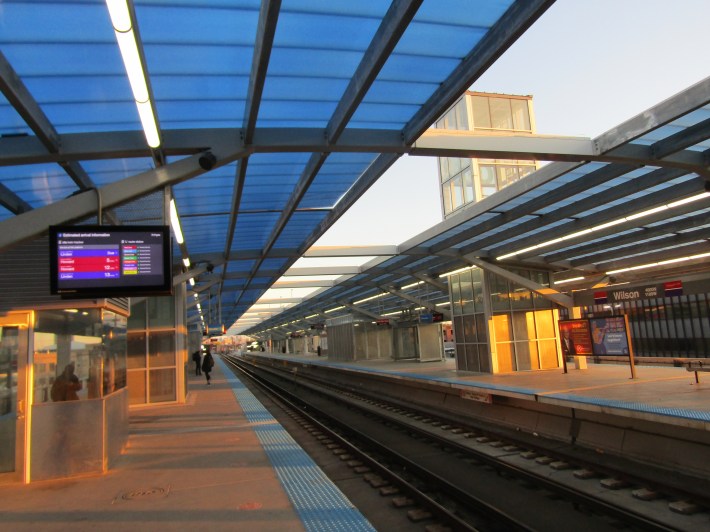
According to NICTD chief Michael Noland, South Shore Line projects got $44 million in capital funding. $24.5 of that will go towards double-tracking, as well as moving the currently street-running sections of the line in Michigan City onto a dedicated right-of-way. The rest will go towards building a brand-new West Lake branch that will split off in Hammond and continue south to Dyer in Indiana’s Lake County (hence the name the West Lake branch.)
Noland said both of the projects are already fully funded – the stimulus simply increased the federal share from about 38 percent of the costs to 40 percent of the costs. “More federal money coming in [means] we won't have to use as much state funding,” he said.
While the projects will primarily benefit Northwest Indiana, any changes would affect service in Chicago’s Hegewisch neighborhood. Since the West Lake branch would split off between Hegewisch and the existing Hammond main line station, Hegewisch would get more trains and possibly more passengers who would use the station to transfer.
Other Funding
As with all federal transit funding, stimulus money that’s not in the grants bucket must go through approval several steps. The funding is allocated based on Census-designated Metropolitan Statistical Areas. The RTA, NIRPC and SEWRPC will need to agree how to split the funding allocated for the Chicago-Northwest Indiana-Southeast Wisconsin metropolitan statistical area, which, aside from the six counties that make up the RTA, include Indiana’s Lake and Porter counties and Wisconsin’s Kenosha County. NIRPC also gets funding for the Michigan City-La Porte Metropolitan Statistical Area in Indiana’s La Porte County, but it has the sole discretion over that particular bucket.
RTA spokesperson Melissa Meyer said the Chicago/Indiana/Wisconsin region got a total of $1.5 billion, but that “we are still in the process of figuring out if or how the money will be split.”
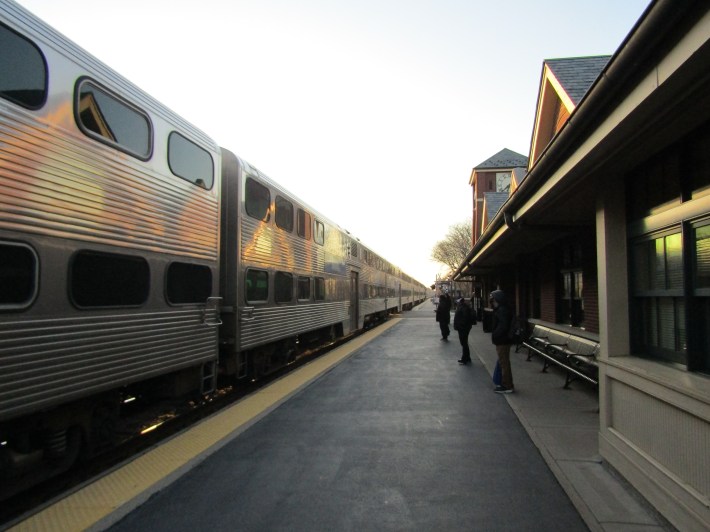
Transit agencies in Chicagoland and Northwest Indiana have used the last two rounds of stimulus funding to make up for losses in fare box revenue and extra expenses they incurred to sanitize buses and trains, as well as to provide masks, gloves, plexiglass shields and other protective measures for staff and passengers. Metra did complain about RTA’s decision to allocate the second round based on which routes served the most transit users, which favored the CTA. Among other things, Metra was concerned that it wouldn’t be able to beef up commuter rail service once more downtown offices start reopening.
Meyer said the allocation won’t happen until the planning for the transit agencies’ 2022 budgets begins this fall.
Metra spokesperson Michael Gillis said the railroad isn’t ready to comment one way or another until then.
Pace spokesperson Maggie Daly Skoggsbakken said that they would consider using it to bring back “some of the services we suspended... We have reduced fixed route service and our administrative workforce by 25 percent. This funding will prevent further loss and get us through the pandemic so we can continue providing the service that will support our region’s recovery.”
According to NIRPC executive director Ty Warner, the commission distributes the funds to NICTD, and the region’s four fixed-route bus systems and five demand-response providers. He said he expects that, once the planning commission sorts out the funding with the RTA, the NIRPC will look at the transit agencies’ wish lists and figure out how to divvy up the funds.
“Northwest Indiana isn't set up like the Chicago [area], with one suburban bus system,” Warner said. “Having [multiple] different public transit systems, it does create its own challenges. I'd like to think we're doing our best to work collaboratively and collaboratively, so we'll be able to work closely together and make sure the funds get where they need to go.”
NITCD's Noland said that, unlike Metra, the South Shore Line only cut some rush hour trains in the spring of 2020 and returned to the pre-pandemic schedule in June 2020. He estimated that the railroad was at less than one-third of its average pre-pandemic ridership, and he expects that it would take a few years for ridership to rebound.
Noland added he expects NICTD to get around $100,000 in stimulus funding, and that the agency will use it to “offset losses and expenses over the next few years as we ramp [back] up to pre-COVID operations.” He expects that the South Shore Line will need to reduce fares and make some schedule changes to help lure riders back, something that the stimulus funding will help with. “We're going to need to continue to invest in the system. I think we're going to come out of it stronger, but it's going to take some time.”
